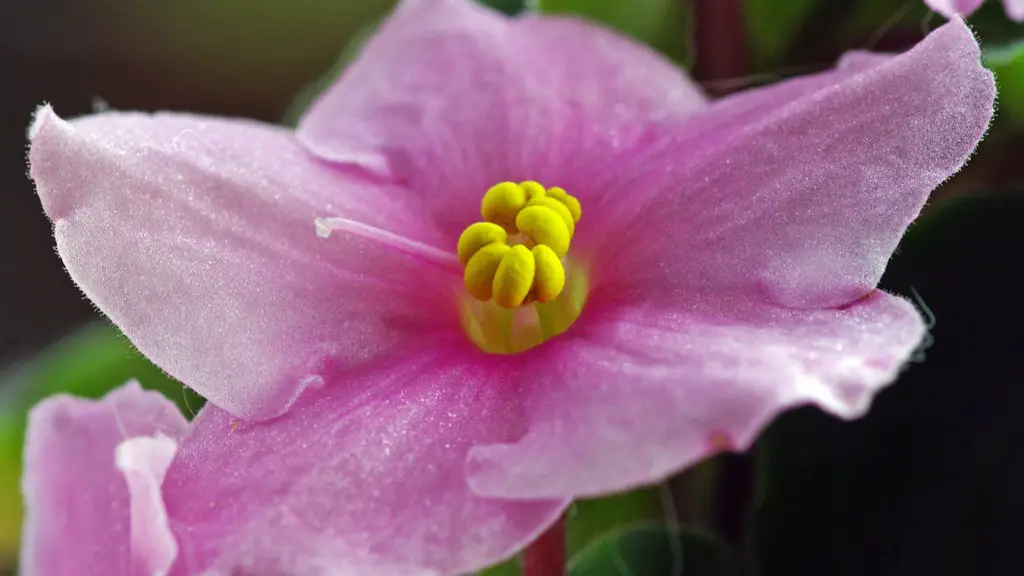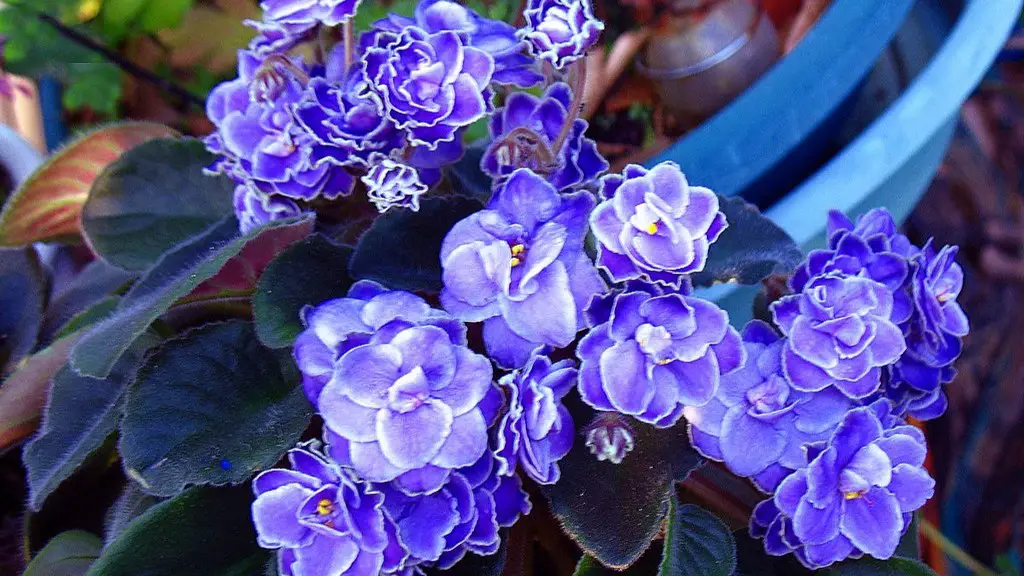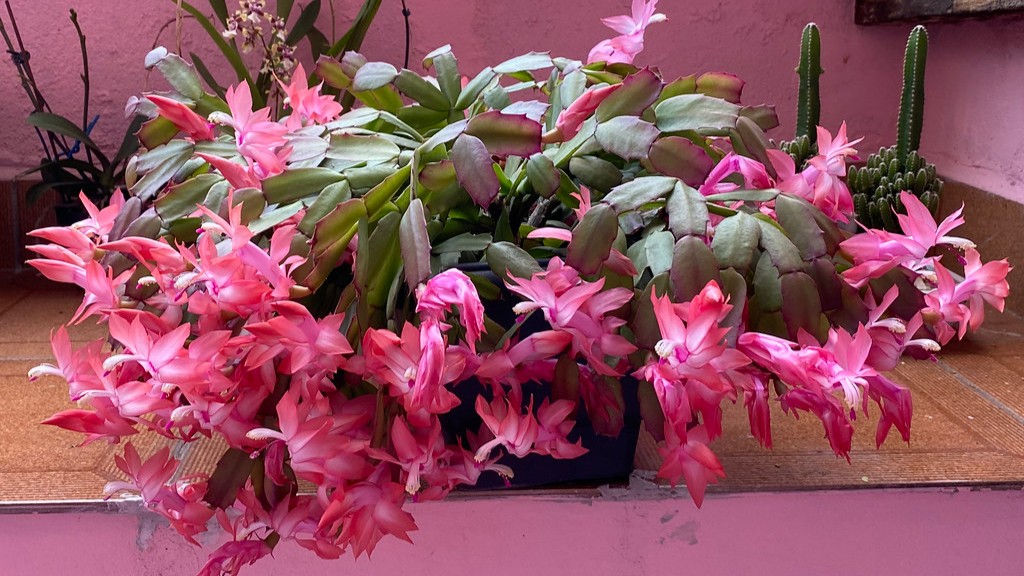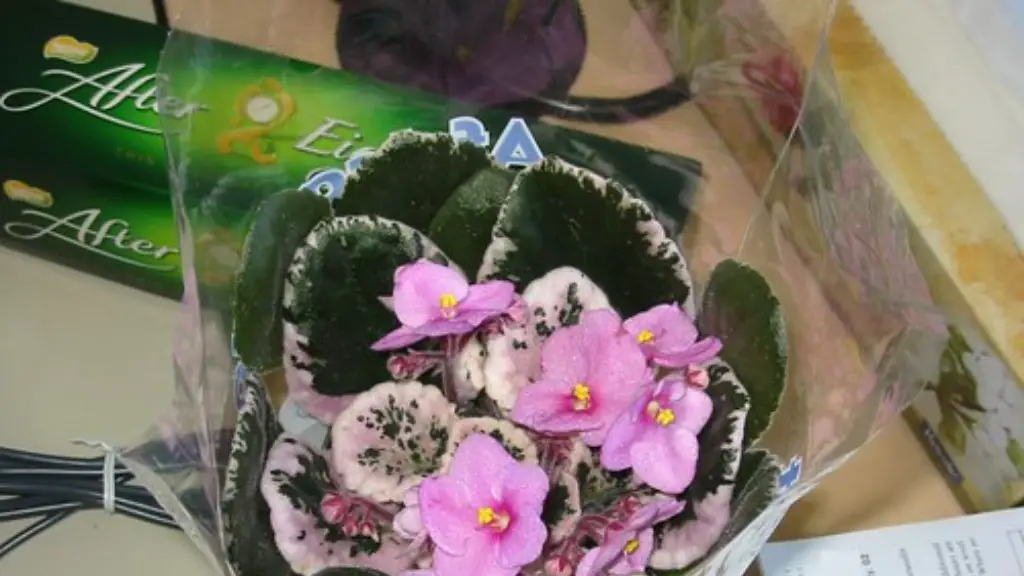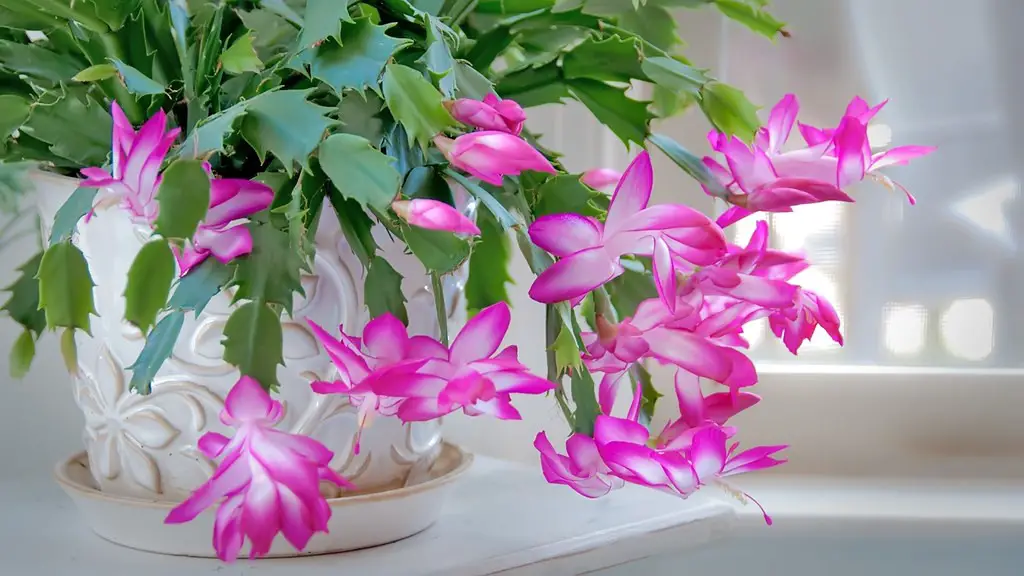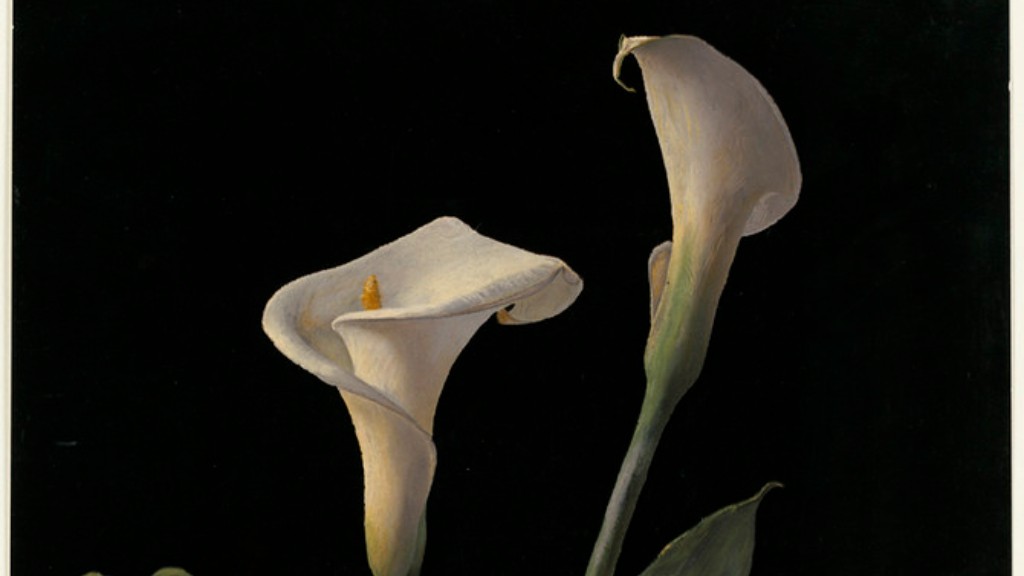African violets are a type of plant that is native to Africa. They are a very popular plant to have in homes and offices because of their beautiful flowers. African violets need to be watered about once a week, or when the soil feels dry to the touch.
It is typically recommended that African violets be watered about once a week, giving the soil a good soaking so that water flows out of the drainage holes in the pot.
How much water does a African violet need?
There is no definitive answer to how often to water African violets. The best guide is to feel the top of the soil: if it is dry to the touch, then it is time to water. African violets should be allowed to dry out between each watering for best results. Overwatering can kill a plant.
African violets need water when the soil is dry, which is usually about once a week. However, this can depend on conditions such as temperature, season, and the size of the African violet’s container. The best way to water African violets is by bottom watering.
What is the proper way to water African violets
Watering your plants is important to keeping them healthy and vibrant. Make sure to keep the soil moist to dry, and allow the soil around the roots to dry out before watering again. This will encourage blooming. When watering your plants, water from the bottom by placing the plastic grower’s pot in water and allowing the plant to absorb the water for no more than 30 minutes.
African violets are a type of plant that need indirect sunlight in order to thrive. Direct sunlight can actually damage the leaves of these plants. For best results, choose a north- or east- facing window. Additionally, it’s important to keep African violets away from cold glass and to rotate the pot once a week so that all leaves receive light. If you live in an area with shorter daylight hours during the winter, you can extend the amount of light your African violets receive by placing them under a grow light.
Should I mist my African violet?
It is important to not mist the foliage of your African violet as it may cause permanent leaf spotting. Use room temperature water instead and be careful not to saturate the crown of the plant as it is susceptible to crown rot.
If you are unsure about the quality of your tap water, it is best to err on the side of caution and use filtered or distilled water for your African violets. Chlorine levels can fluctuate depending on the season and in some areas, tap water may have high amounts of chlorine, chloramines, or dissolved solids. All of these things can adversely affect your African violets.
How do I know if my African violet is overwatered?
If your African violet’s leaves are droopy, soft, and mushy, it’s likely that the plant is suffering from too much water. Additional signs that confirm overwatering include yellowing leaves, wilting, and fungal growth. If you suspect that your plant is overwatered, allow the soil to dry out completely and then reduce watering frequency.
If you want your plants to have vibrant colors and blooms, it’s best to grow them in bright, indirect light. A plant stand near a west- or south-facing window is an ideal spot. Keep in mind that plants will still grow if they’re next to north- or east-facing windows, but the leaves will be thin and spindly, and blooms less likely.
Do African violets like their leaves wet
The answer is yes you can get African violet leaves with not a problem at all. However, you must use a light hand when removing them from the plant and be sure to not damage the leaves.
When watering your African violets, be careful not to wet the leaves as they are prone to rot. Water the soil around the plant instead, and allow the top inch or so of soil to dry out before watering again.
Can you water African violets with coffee?
Coffee grounds are slightly acidic and contain nitrogen, which helps plants grow healthy foliage. Occasionally sprinkling used coffee grounds on top of your African violet potting soil can be good for the plant.
If you notice excessive moisture on the crown leaves of your violets, it’s important to take action immediately. Violets are highly susceptible to a number of deadly pathogens, such as Crown Rot and Pythium. These diseases can quickly kill your plant, so it’s important to remove any affected leaves and make sure the plant is getting sufficient drainage. Less serious, but still alarming, are the brown or yellow leaf spots which can result from leaving water on the leaves. These can be treated by removing the affected leaves and increasing air circulation around the plant.
Do African violets need bigger pots
Most African violet enthusiasts recommend that you choose a pot that’s on the smaller side, as the plants do best when they are slightly pot-bound. A good rule of thumb is to select a pot that’s about 3-4 inches in diameter for a standard African violet plant.
Repotting these blooms is so important due to their long lifespan. Flowers of the African violet plant are able to last for 50 years, which is significantly longer than most other blooms. McEnaney says that keeping the plant healthy is the best way to maintain its longevity.
How often do you feed African violets?
Spring and summer is the time to fertilize your African Violet to make sure it stays healthy throughout the year. You should fertilize the plant every 14 days during this time. However, in the fall and winter, you shouldn’t fertilize the plant at all to prevent over-fertilizing.
If you want to encourage your African violet to bloom again, there are a few things you can do. First, make sure it is getting enough light – a south-facing window is ideal. Next, turn up the humidity around the plant – you can do this by putting it on a tray of pebbles and water, or by using a humidifier. Third, replenish essential nutrients by fertilizing regularly with a half-strength solution of African violet fertilizer. Fourth, keep the temperature around the plant pleasant – between 65 and 75 degrees Fahrenheit is ideal. Fifth, choose the right soil for your plant – African violets prefer a light, well-draining potting mix. Sixth, protect your plant from pests and disease by keeping it clean and inspecting it regularly for problems. Finally, constrict the roots by repotting every year or two – this will help encourage new growth and more blooms.
Warp Up
There is no definitive answer to this question as it will vary depending on the specific plant and its needs. However, as a general rule of thumb, African violets should be watered when the soil is dry to the touch.
It is recommended that you water African violets about once a week, giving them a thorough soaking. This will help to ensure that the plants remain healthy and continue to bloom.
